24 March 2025
Video games are more than just entertainment these days—they’re immersive worlds full of challenges, stories, and, of course, economies. That's right, in-game economies. If you’ve ever played a game where you had to collect resources, trade items, or make purchases with virtual currency, then you’ve experienced one. But these digital ecosystems aren’t just slapped together; they’re carefully designed to keep players engaged, challenged, and coming back for more.
Creating an in-game economy is no small feat. Developers have to walk a tightrope of balancing resources, currency, and rewards to keep things fun and fair. Too much currency and the game becomes too easy. Too little, and the grind can turn players off. Let's dive into how game developers pull this off and why it’s no less complicated than running a real-world economy.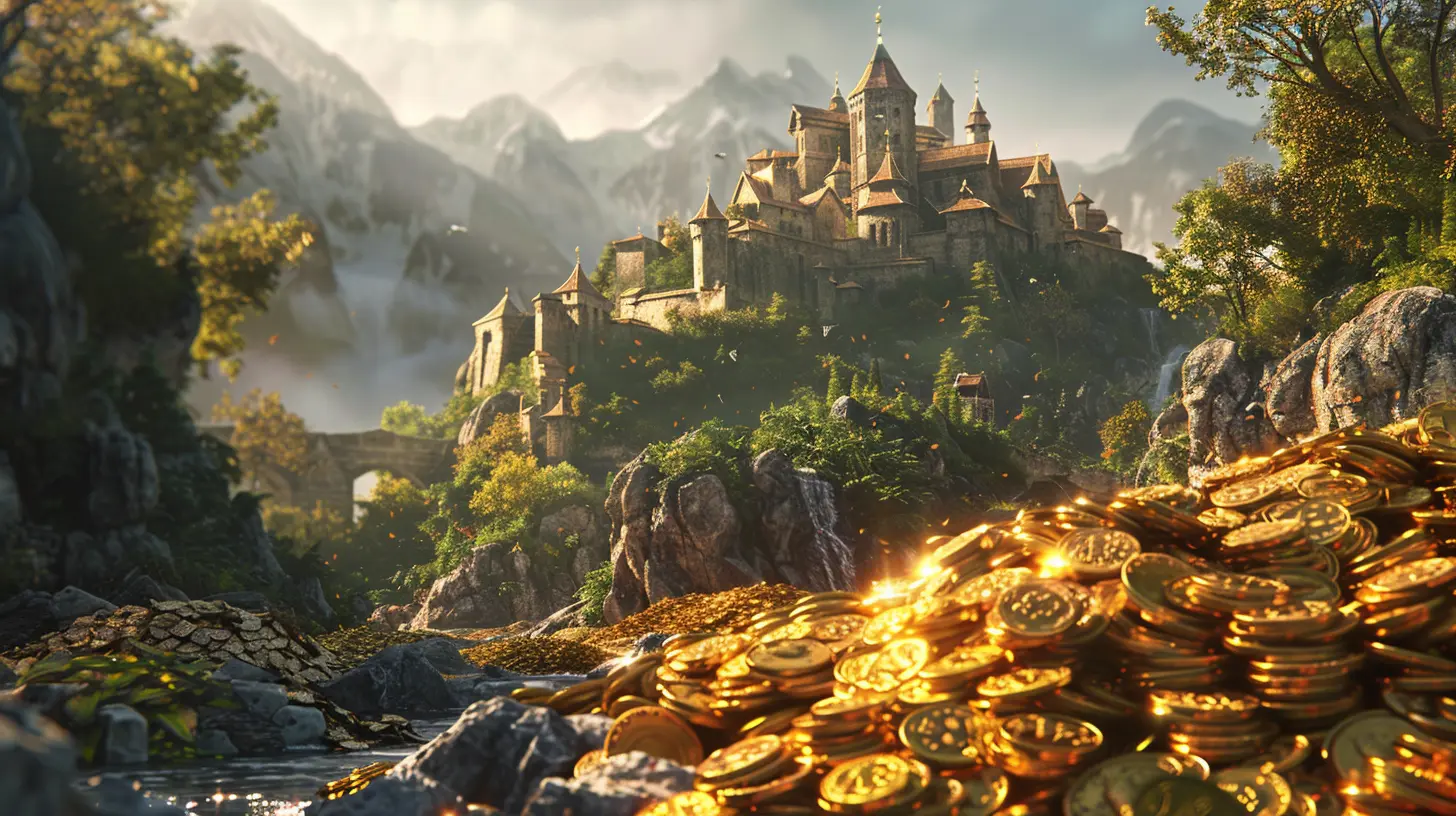
Why In-Game Economies Matter
Think of an in-game economy as the backbone of any game that involves resources, trading, or progression. Whether it's gathering wood to build a house in Minecraft or saving up gold for that shiny new armor in World of Warcraft, these systems shape how players interact with the game and even with each other.An effective in-game economy adds layers of strategy and decision-making. Should you spend or save? Should you trade with other players or grind it out yourself? These choices are what keep people engaged. A poorly designed economy, on the other hand, can make a game feel either like a tedious chore or a free-for-all with no structure. And who wants either of those, right?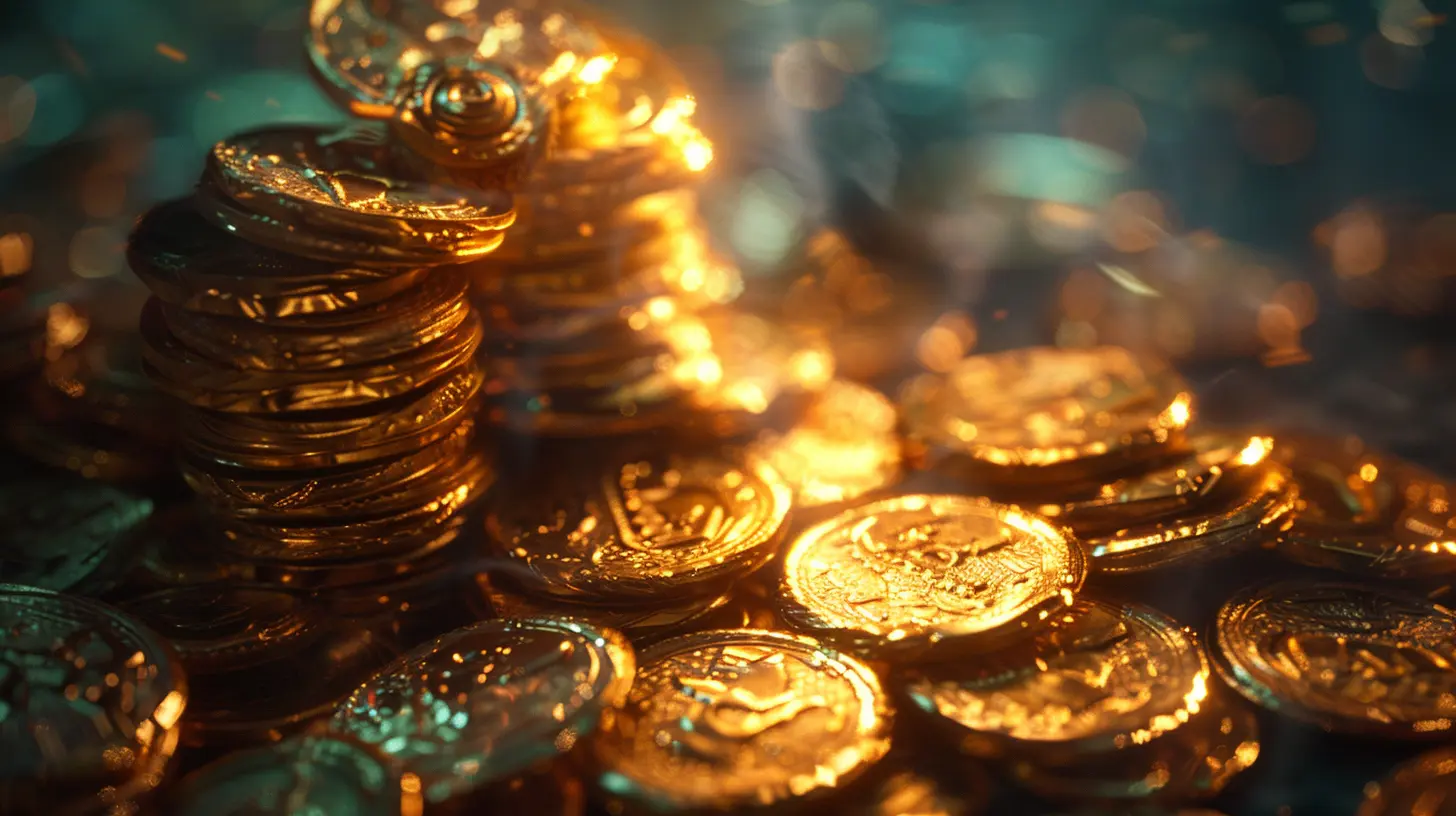
The Core Components of an In-Game Economy
To build a strong in-game economy, developers focus on three main components: resources, currency, and rewards. These elements are like the ingredients in a recipe—get the proportions wrong, and the dish is ruined.1. Resources: The Building Blocks of Progress
Resources are the raw materials players collect to progress in the game. They could be as simple as wood and stone or as complex as rare magical gems. Resources often act as the foundation for crafting, upgrading, or unlocking game content.But here’s the tricky part: balancing resource availability. If resources are too abundant, players might lose interest because there’s no challenge. If they're too scarce, frustration kicks in. For example, the early days of World of Warcraft made players grind endlessly for certain crafting materials, which led to burnout for many.
Smart developers employ strategies like resource decay (use it or lose it), random drops, or farming cooldowns to keep things interesting. Think of it as managing a buffet—you don’t want to over-stack the table, but you also don’t want your guests to leave hungry.
2. Currency: The Medium of Exchange
Currency adds a layer of abstraction and flexibility to in-game economies. It allows players to trade resources and rewards without directly bartering. Whether it’s coins, gems, or futuristic credits, currency often becomes the universal translator for value in the game.But here’s the kicker: inflation. If a game hands out currency like candy, its value plummets, and soon enough, players might feel like there’s no point. Sound familiar? Yeah, it’s the same problem that plagues real-world economies.
To avoid this, developers often create "currency sinks"—places where players can spend their money to maintain a sense of balance. For example, repairing gear, paying for fast travel, or auction house fees in The Elder Scrolls Online are designed to keep excess currency in check.
3. Rewards: The Endgame Motivation
Let’s face it: we all love rewards. They’re the little dopamine hits that make gaming so addictive. Whether it's a shiny sword, a rare skin, or a leaderboard trophy, rewards fuel player motivation and give meaning to all that grinding.However, if rewards aren’t balanced, the entire economy can crumble. Too many rewards lead to over-saturation, while too few can result in players abandoning the game entirely. Plus, not all rewards have to be tangible items. Sometimes the greatest reward is unlocking a new area or progressing the storyline.
Developers often use tiered reward systems to maintain balance. Common rewards are readily available, but rare and epic items are like the cherry on top. This way, there's always something for everyone, whether you’re a casual player or a hardcore grinder.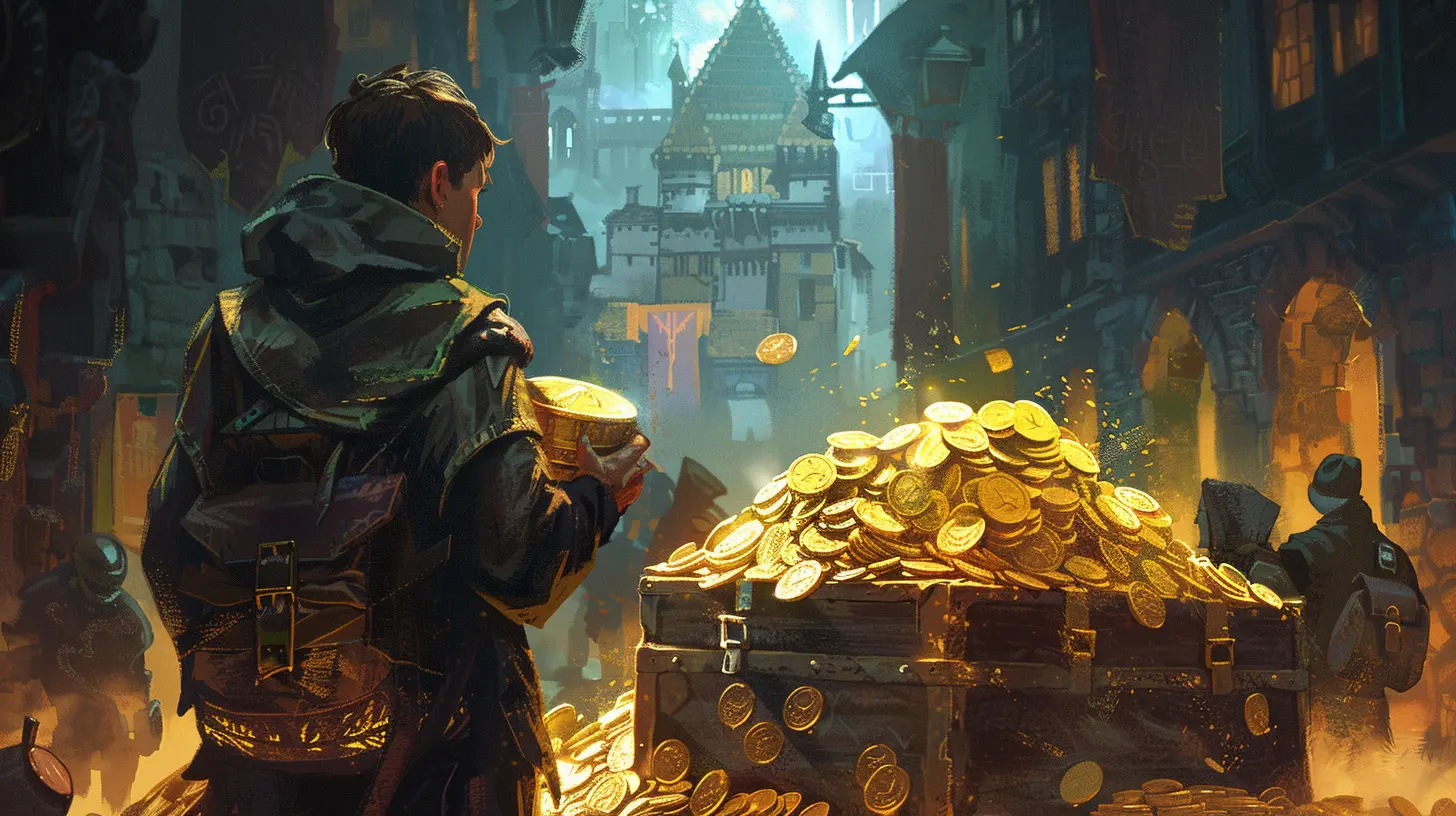
Balancing the Triangle: The Art of Trade-Offs
Okay, so now we know the components. But how do developers actually balance them? The answer lies in trade-offs. Game designers constantly tweak and test mechanics to find the sweet spot between too much and too little.For example, think about resource scarcity. If resources are too easy to collect, players might hoard them, causing an economic imbalance. On the flip side, if they’re too hard to come by, players might resort to cheating or quitting. Developers address this by adjusting spawn rates or creating alternative ways to obtain resources, like quests or trading systems.
Currency balance is another challenge. Some games, like Fortnite, introduce multiple currencies—one that’s easy to earn in-game and another that’s bought with real money. This dual-currency system allows free-to-play players and pay-to-win players to coexist (most of the time). However, it requires careful tuning to avoid alienating one group over the other.
Rewards are arguably the trickiest to balance. Developers often use data analytics to see what players are engaging with most. For instance, if players are skipping certain quests because the rewards aren’t worth it, they can adjust the reward system to make those quests more appealing. It’s a dynamic, ongoing process.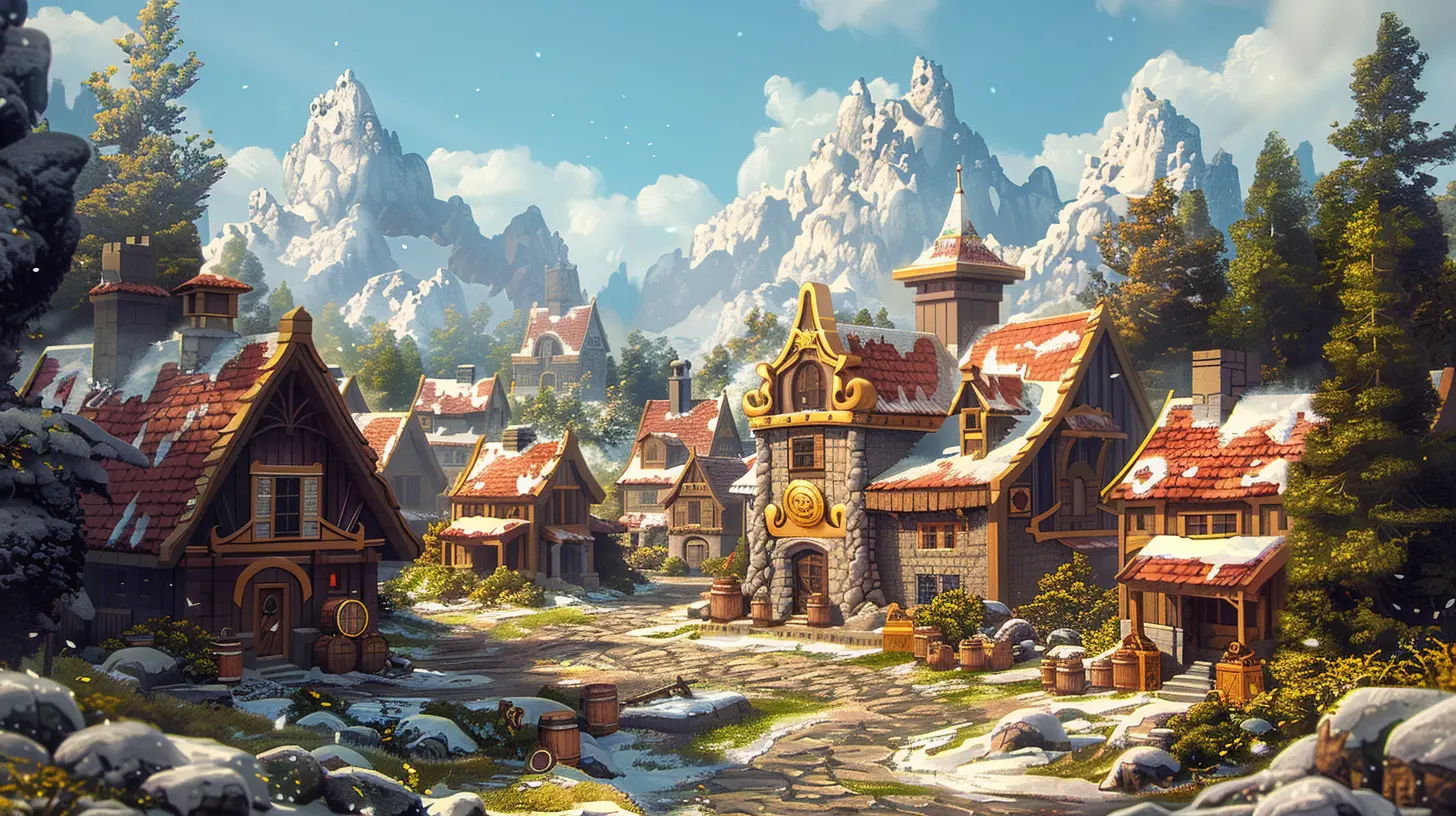
Real-World Economic Lessons in Games
Interestingly, in-game economies can mirror real-world economic principles. Supply and demand, inflation, and even market crashes can occur in virtual spaces. For example, the infamous "Blood Plague" incident in World of Warcraft disrupted its in-game economy as players avoided crowded areas, halting trade and causing resource shortages.Developers often study real-world economics to make their virtual worlds more realistic. They use principles like scarcity, competition, and opportunity cost to design systems that feel natural yet challenging.
At the same time, in-game economies can teach players about money management and trade-offs. How many times have you hesitated before spending your hard-earned gold on an item, only to regret it later? It’s a mini-lesson in budgeting, all wrapped up in fun.
Common Pitfalls in In-Game Economies
Not every in-game economy is a success story. Some games have fallen into traps that led to player backlash. Here are a few common pitfalls:- Pay-to-Win Models: When real-money currency overshadows in-game earned rewards, it can alienate free-to-play users. Nobody likes feeling like they’ve been outspent rather than outplayed.
- Overcomplicated Systems: Too many currencies or resources can confuse players. Keep it simple; nobody wants to study a spreadsheet before playing.
- Imbalance Between Casual and Hardcore Players: Some games cater too much to one group, leaving the other frustrated. Striking a balance is key.
The Future of In-Game Economies
With the rise of blockchain and NFTs, the future of in-game economies could look very different. Imagine owning a unique sword that you can trade across multiple games or even sell for real money. While this idea has its critics, it’s clear that in-game economies are only going to get more complex and intertwined with the real world.Moreover, AI and machine learning are already being used to fine-tune these systems. Developers can now predict player behavior and adjust economies in real time. While this has incredible potential, it also raises ethical questions about player manipulation.
Conclusion
Crafting an in-game economy is like baking a perfect cake—too much of one ingredient, and the whole thing falls apart. By balancing resources, currency, and rewards, developers can create vibrant, engaging systems that keep players hooked. It’s a blend of art and science, with a dash of good old trial and error.As gamers, we might not always think about the intricate mechanics behind the worlds we explore, but next time you’re grinding for that legendary sword or trading rare items, take a moment to appreciate the balancing act at play.

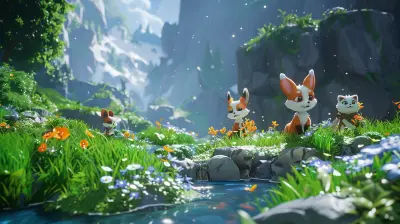
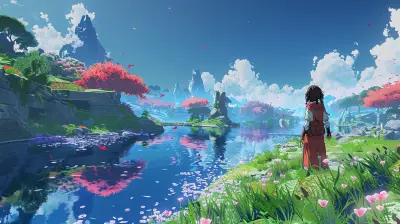
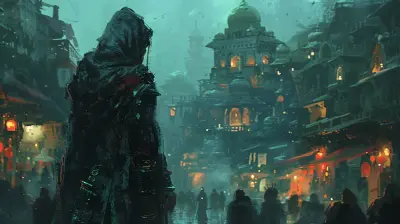

Liv McLemore
Ah, yes, the delicate art of in-game economies! Because who doesn’t love spending hours grinding for virtual coins to buy pixelated broccoli? Can’t wait for my next financial meltdown—I'm sure it’ll be just as thrilling as my real-life one!
March 30, 2025 at 3:00 PM